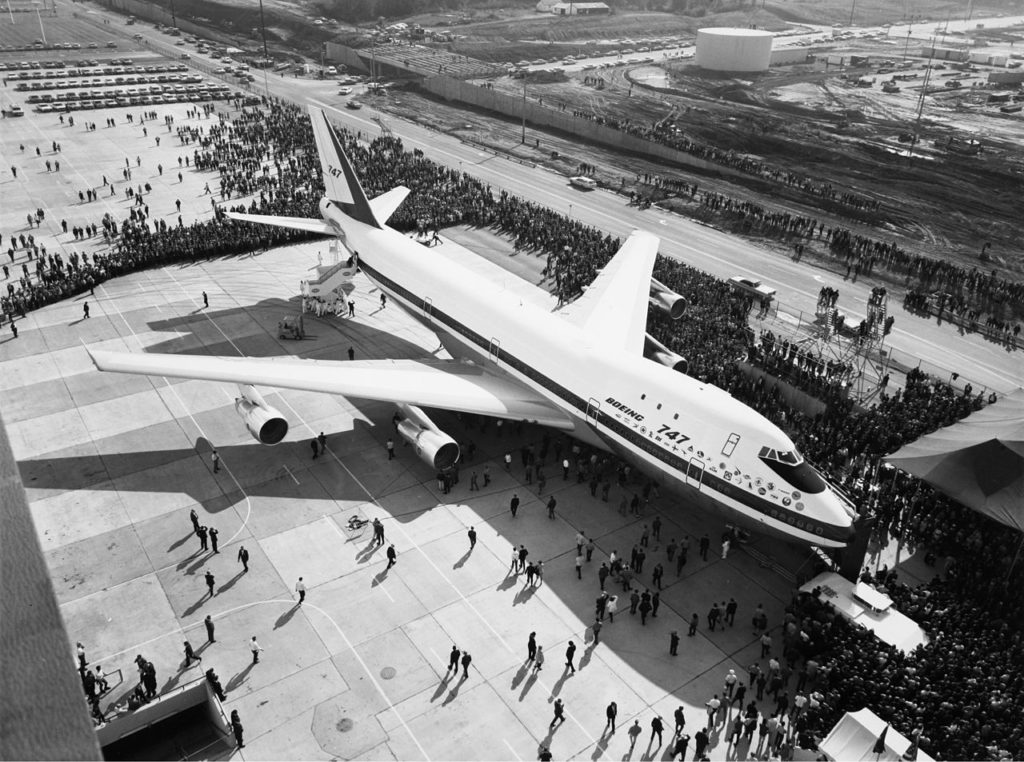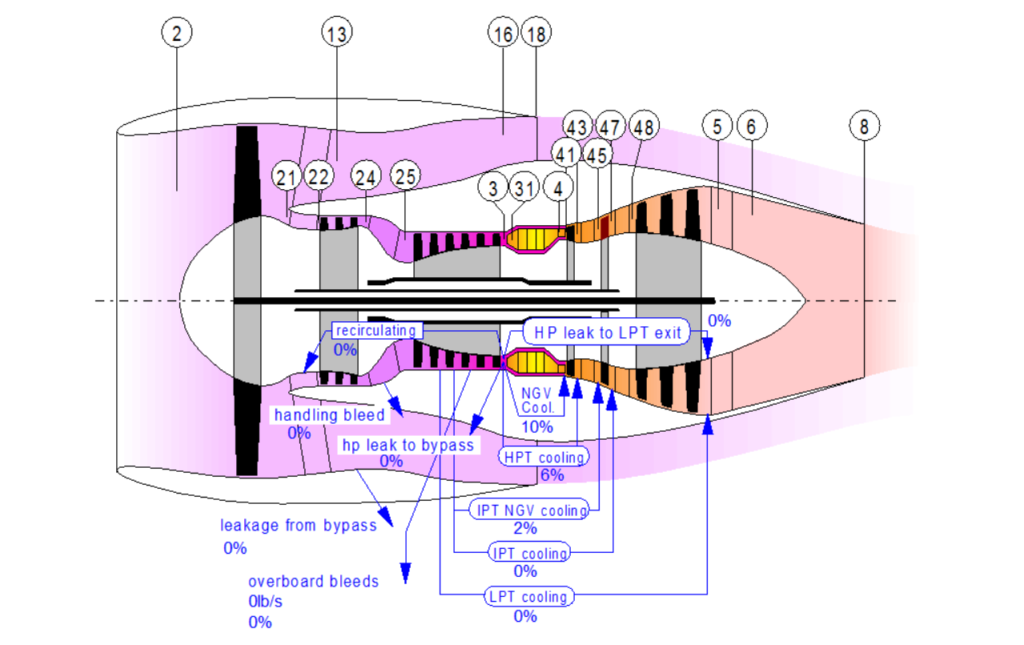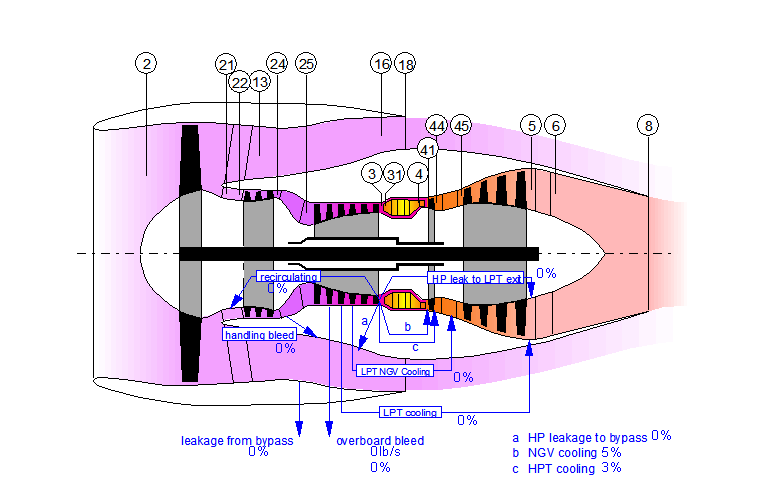Leeham News and Analysis
There's more to real news than a news release.
Bjorn’s Corner: Keeping airliners operational
April 20, 2017, ©. Leeham Co: We expect our flights to depart on time and with 100% safety. At the same time, the aircraft is used up to 14 hours and flies up to 5-6 missions a day.
This means 1,800 flights a year. As airliners will last 25 years, we talk about 45,000 flights with 99.7% dispatch reliability and 100% safety.
It’s clear the aircraft must be cared for in a special way. We’ll discover how.
Bjorn’s Corner: Aircraft engines, sum up
April 14, 2017, ©. Leeham Co: We’ve been talking engines on Fridays since October 2016. The Corners covered several areas, from technologies to operations.
And we could go on and dig deeper. But we will move on.
Before we go, we sum up what we have learned in the 24 Corners around airliner Turbofans.
Bjorn’s Corner: Aircraft engine maintenance, Part 6
April 7, 2017, ©. Leeham Co: Last week’s Corner developed the overhaul shop visits per year for wide-body engines. We will now look at how the market develops around these overhaul opportunities.
How does the shop structure develop over a popular engine’s life-cycle? How much choice has an operator and when?
Bjorn’s Corner: Aircraft engine maintenance, Part 5
March 31, 2017, ©. Leeham Co: In the last Corner, we showed flight hour graphs for wide-body engines. Now we will deduce the market for engine overhauls from these graphs.
It will show which engines are still in engine manufacturer care, in their main maintenance cycle and in the sun-set phase.
The phase the engine is in and its future flight hour development will decide the attractiveness of the engine for overhaul organizations. Read more
Bjorn’s Corner: Aircraft engine maintenance, Part 4
March 24, 2017, ©. Leeham Co: After covering the maintenance market for single-aisle engines, time has come for the engines used on wide-body aircraft. The engine maintenance for a wide-body engine is a bit different to the single-aisle engine. The difference is caused by the longer flight times for the wide-bodies. This makes the flight time wear a more dominant maintenance driver than it is for the single-aisle engines.
The changes in overhaul work caused by the difference in flight profiles and the lower number of engines in the market (compared to the single aisles) will affect how the overhaul market is structured and who are the dominant players.
Bjorn’s Corner: Aircraft engine maintenance, Part 3
March 17, 2017, ©. Leeham Co: In the last Corner, we showed graphs of the yearly flight hours for engines on single-aisle aircraft. Now we will deduce the market for engine overhauls from these graphs.
These will show which engines generate a maintenance volume that is interesting for engine overhaul companies and which engines are niche.
Based on the market size, we will then go through how an engine is maintained when new, mature and at end-of-life.
Bjorn’s Corner: Aircraft engines maintenance, Part 2
March 10, 2017, ©. Leeham Co: Last week we started the series how airline turbofans are maintained. We described the typical work scopes and what the intervals were for different single-aisle engines.
Before we can describe the engine maintenance market we must get a feel for the market size for different engine types.
We will start with understanding the single-aisle engine maintenance market. Read more
Bjorn’s Corner: Aircraft engine maintenance, Part 1
March 3, 2017, ©. Leeham Co: We will now go through how airline turbofans are maintained. First, we will describe the typical work which is performed, then look into the markets for engine maintenance.
In the markets for engine maintenance, we will look at who the players are, how they are related to the engine OEMs and why the market dynamics are very different between engines for single-aisle aircraft and wide-bodies.
Bjorn’s Corner: Aircraft engines in operation, Part 6
February 24, 2017, ©. Leeham Co: After having analyzed how the engine gets stressed during different phases of flight, we now look into how engines are used. The de-rating of engines for takeoff is important, as not 100% thrust is needed for all takeoffs. If the aircraft is lightly loaded or is taking off from a long runway, with low temperatures or altitude, the engine can be thrust de-rated so that it experiences less stress.
Once in the air, the engine is run below maximum settings by use of cost-index. These actions will result in less fuel usage and also longer engine operation between overhauls. We will now finish the operations part of our engine clinic with how airlines keep the engines away from the workshops by swapping the engines between fleet aircraft.
A visit to the engine workshop costs in the millions of dollars, so the longer the engine can operate before a shop visit, the better. Read more
Bjorn’s Corner: Aircraft engines in operation, Part 5
February 17, 2017, ©. Leeham Co: In our journey of an airline engine’s life, we will now look at the maintenance which is necessary to keep it fit for flight.
An engine is only in top condition once in its life, at delivery. As soon as it’s operated on the aircraft, in-service wear of its different parts will reduce its performance.
The engine manufacturer’s prescribed maintenance is designed to keep the engine in good health during its life, despite all its hardship. Read more





